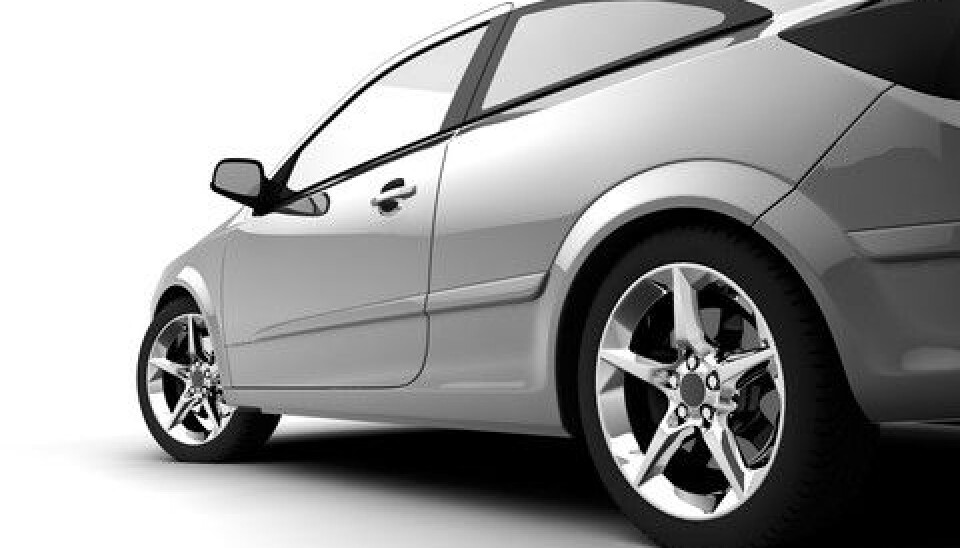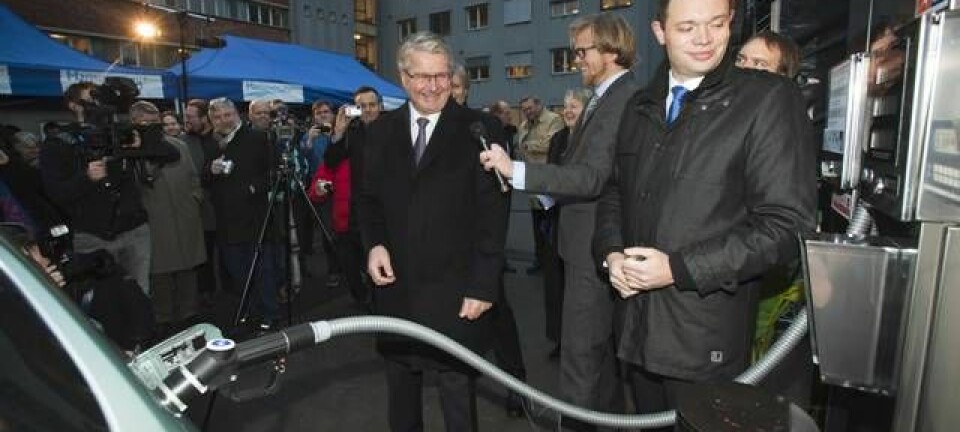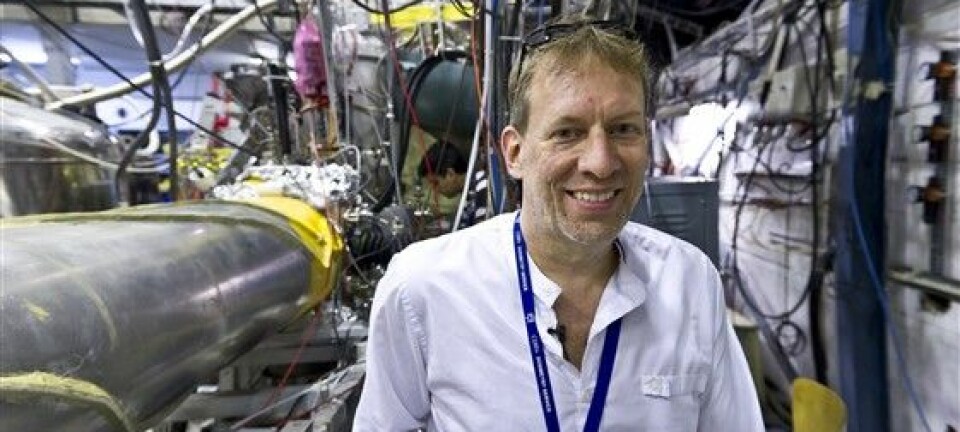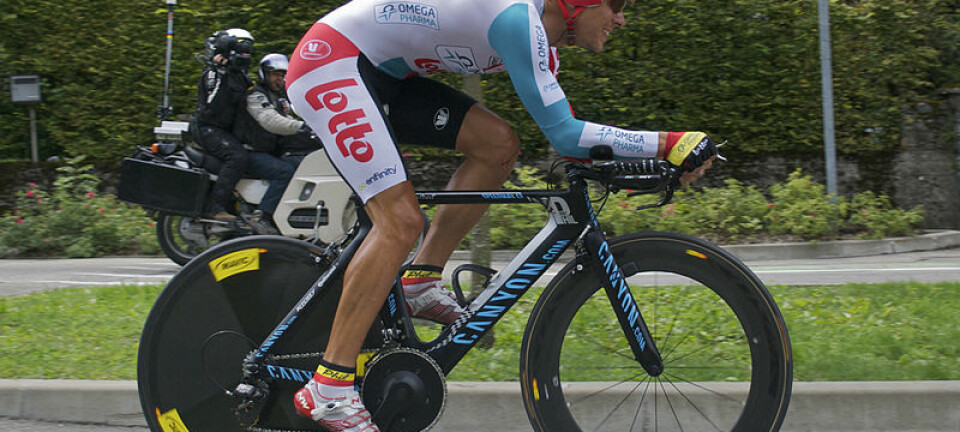
Hydrogen cars now one step closer
Scientists have taken a big step towards making environmentally-friendly hydrogen cars a reality.
Sometime in the future we’ll be driving around in environmentally-friendly cars that neither pollute nor make noise.
The cars will be running on hydrogen and oxygen with water as the only waste product.
The technology required for making this type of cars already exists, but more work is needed for the cars to get their commercial breakthrough in a larger market. This work includes figuring out how the fuel cells in the hydrogen car can be made economically viable.
Up to now, the production of the catalysts in the fuel cells has required great amounts of the expensive metal platinum.
By placing the platinum differently inside the catalyst, we can drastically reduce the platinum requirement. This means that fuel cells will be much cheaper to produce in the future.
It is this problem that scientists have come one step closer towards solving.
”By placing the platinum differently inside the catalyst, we can drastically reduce the platinum requirement. This means that fuel cells will be much cheaper to produce in the future,” says Associate Professor Matthias Arenz, of the Department of Chemistry, Copenhagen University, Denmark, who co-authored the new study.
Fuel cells form a full cycle
The clever thing about fuel cells is that they can convert hydrogen into electricity and water without making any noise. This is because fuel cells produce electricity exclusively through a chemical reaction.
It is also possible to use renewable energy sources to store energy in hydrogen, which can then later be released in a fuel cell.
We managed to make the platinum six times more efficient by placing the particles in a different way.
This makes it possible to use e.g. wind turbines and solar energy to convert water into hydrogen. This hydrogen can subsequently be used in fuel cells, where it once again is converted into water and energy that can run an engine.
This opens up for a world of possibilities:
”With fuel cells, you can use renewable energy sources for many of the engines that currently run on petrol,” explains Arenz.
Platinum is rare and precious
The big challenge with fuel cells, however, is that they require platinum for the chemical process to yield the desired amount of energy quickly enough.
Platinum is a rare and costly metal – rarer than gold and more expensive too.
In fuel cells, platinum is used in a catalyst which speeds up the chemical process in which hydrogen and oxygen are converted into water.
It currently takes somewhere between 50 and 100 grams of platinum to create a fuel cell powerful enough to run a car. For hydrogen cars to become a reality for the general public, this figure needs to be brought down to below 10 grams.
”Our aim is to use the platinum as efficiently as possible, so that we can bring down the required amounts to a fifth or a tenth of what’s required today.”
Platinum’s efficiency boosted six-fold
One way of improving the efficiency of platinum is to make the platinum particles smaller. This increases the total surface of the platinum where the catalytic action takes place.
Unfortunately, however, smaller particles also lead to a drop in efficiency per surface area. This is one of the physical/chemical phenomena that the researchers behind the new study had to find a way around in their efforts to improve the efficiency of platinum.
In the study, they demonstrated that by using tiny platinum granules and packing them very tightly together, they could get not only a large surface area but also a high efficiency per surface area.
This is a significant improvement:
“We managed to make the platinum six times more efficient by placing the particles in a different way,” says Arenz. “The next step will be to scale up our experiment so that we can make an actual fuel cell.”
Hydrogen generators first, cars later
Although the scientists have now found a way of reducing the amounts of platinum, Arenz does not believe that we’ll all be driving around in hydrogen cars any time in the immediate future.
In fact, he doesn’t even believe that cars will be where the fuel cells get their breakthrough, as other applications are a little more obvious:
”I believe the first place where we’ll be seeing fuel cells will be in decentralised energy supplies that provide electricity for e.g. telecommunications during power outages,” he says.
“Then it will be used in e.g. caravans, where fuel cells can deliver electricity without making any noise. Further out in the future we’ll be seeing hydrogen-powered cars, but there is still some way to go with that.”
----------------------
Read the Danish version of this article at videnskab.dk







